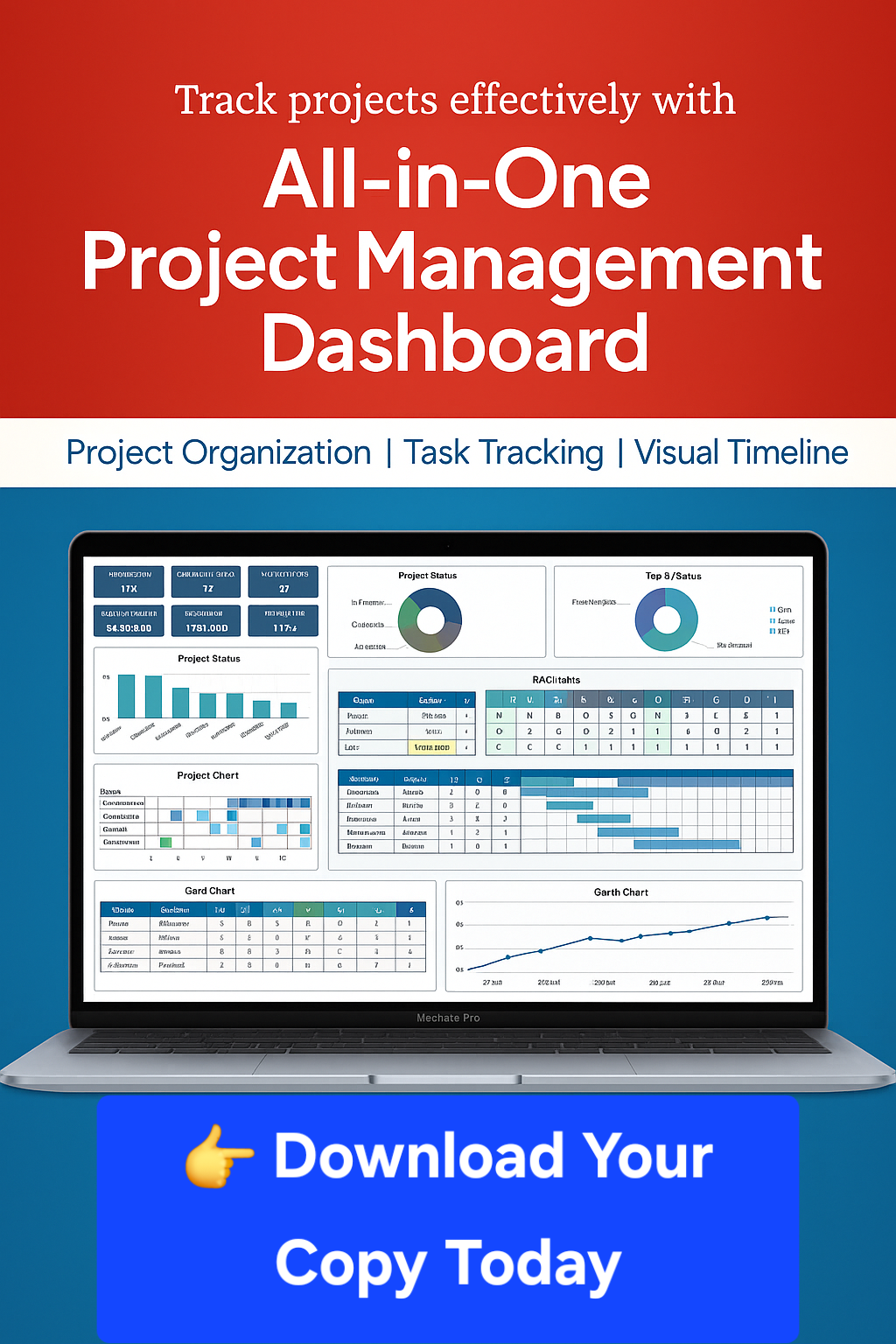Description
Every manager must have a foundational understanding of financial management. This course will prepare you for responsible and sustainable leadership from a financial management perspective. Via structured learning activities (video lectures, quizzes, discussion prompts and written assessments) you’ll learn the key aspects of effective financial management by focusing on: the assessment of an organisation’s financial health; planning future financial performance; financing of operations; and evaluating business and investment opportunities for the organisation. This course will emphasise how crucial sound financial management is for you and your organisation to be successful in the real-world.
What you will learn
Financial management decisions
In Week 1 we have three main objectives. Firstly, we review the main types of decisions made when management and owners allocate capital within a business. Secondly, we will discuss why it is important to bring the shareholder perspective to these decisions. Thirdly, to introduce key terminology around the business life cycle and different types of ownership models, including venture capital, private equity and listed companies.
Time value of money and discounted cash flow analysis
This week we will consider the time value of money. We will learn how to put a numerical value on the difference between money today and money at a specific time in the future. We will look at simple and compound interest, present and future value of money, annuities and perpetuities. Understanding the time value of money will help us to make investment decisions or, as corporate finance managers, decisions about whether to buy or sell an entire business or to invest in an advertising campaign. It’s an important skill and will require you to work through financial models that involve some equations and numbers. Knowledge of the time value of money will make you more confident dealing with financial transactions and better understand how the world of finance operates.
Valuation of financial securities
This week we will consider applying our knowledge of interest rates to some real world problems. We will learn how to estimate the value of an enterprise. We will learn about capital budgeting techniques to help us decide intelligently which projects that are available to a business should be pursued.The techniques we will learn include Net Present Value, Internal Rate of Return, Pay Back Period, and the Money Multiple Method. We will also discuss briefly the capital asset pricing model, or CAPM, which enables us to estimate the cost of capital for a business, which is the return demanded by the providers of the capital, that is, the investors.
Estimating enterprise value
In week 4 we extend the valuation tools developed in the course so far to evaluate a series of new business investment opportunities. We will start off by considering the value of an existing, established business. We have already seen how we can use the traditional Operating Free Cash Flow (OFCF)/Weighted Average Cost of Capital (WACC) model to estimate the Enterprise value of a business. We will now use an alternate model, the Residual Income model, for the same purpose. Once we are comfortable with the various different business valuation models, we will turn our attention to an assessment of the risk profile of the investment. We will firstly differentiate between the risks that are being allowed for in the discount rate, or “systematic risks”, and those that are specific to the project being considered, or “idiosyncratic risks”. Towards the end, we will look at tools that help assess the idiosyncratic risk of the investment.







